Bad Bite is Correlated with Poor Body Posture, Balance and Movement
The importance of postural alignment is something that is underestimated by dentists. The effect of a bad bite (called ‘malocclusion’) on posture and movement, and vice versa, is also something that is underestimated by the physical therapy and fitness instructor communities.
Boy with malocclusion becomes a man with poor posture, and negative changes in his pelvis, his feet and his balance.
Malocclusion is a dental term that refers to a condition where the upper and lower teeth do not align properly when the mouth is closed.
Alterations in head position observed in dental malocclusions are the catalyst for shifts in body balance, affecting the neck, vertebral column, and pelvis, as well as the positioning of the legs and feet. We have known this for some time, and it makes perfect sense when you consider how powerful the jaw is, and how that might affect this big heavy ball (the head) that sits on the neck and contains our vision and hearing and balance sensors, and how the neck is connected directly and indirectly via bones, joints, muscles and myofascial chains all the way down to the toes. Studies about posture and dental occlusion go back as far as 1976 (1).
What to do about it
Posture needs to be measured digitally to obtain accurate and quantitative information. Digital tools and technologies provide precise data that can help in diagnosing and treating posture-related issues effectively. By understanding the intricate relationship between malocclusion and body posture, healthcare professionals can develop better interventions to improve the overall health and well-being of children.
Call to Action
Parents, dentist and physiotherapists should be made more aware the impact of dental health on body posture and health and fitness providers should incorporate digital measurements in their assessments. This approach will ensure comprehensive care and help prevent secondary health problems associated with poor posture and dental health.
The systematic review just published
The relationship between malocclusion and body posture in children is a topic of growing interest among researchers and clinicians. This systematic review explores the association between dental malocclusion and various aspects of body posture, including the neck, the feet and even the way we walk.
Dorota Różańska-Perlińska et al, The Correlation between Malocclusion and Body Posture and Cervical Vertebral, Podal System, and Gait Parameters in Children: A Systematic Review, J. Clin. Med. 2024, 13(12), 3463
Key Findings:
Malocclusion and General Posture
Studies show a significant association between malocclusion and faulty body posture. Children with severe malocclusions often exhibit poor posture, which can lead to further health complications.
The importance of posture should not be underestimated as a contributing factor to many secondary or downstream problems such as chronic pain, musculoskeletal disorders, and even systemic diseases.
Cervical Vertebral Column and Head Posture
Malocclusion can influence the alignment of the cervical vertebral column and head posture. This misalignment can affect overall body balance and stability.
Correcting dental malocclusions may help improve head posture and reduce related issues.
Feet and Foot Posture
There is a notable correlation between dental malocclusion and foot posture. Proper dental occlusion supports balanced weight distribution on both feet, which is crucial for maintaining good posture and foot disorders.
Gait Parameters
Malocclusion can impact gait parameters, affecting how children walk and move. This can lead to inefficient movement patterns and increased risk of injuries.
Addressing malocclusion through orthodontic treatments can improve gait and overall mobility.
Ref:
(1) Paphalmy, Z.; Kállay, M.; Tomory, I. Scoliosisos gyermekek kezelése közben fellépö fogsordeformitások megelözése [Occlusal deformities in children treated for scoliosis]. Fogorvosi Szle. 1974, 67, 374–376. (In Hungarian)
Interested in human movement, exercise prescription, and biomechanics? Take a look at our Moovment Academy tutorials. Tutorials are available with the Moovment software subscription.
People who move well are more successful at achieving their goals!

